HORNOPIREN NATIONAL PARK
Los Lagos Region
HORNOPIREN First called “Río Negro,” this town was founded in 1979, in what was territory of the Chono people––who rowed its fjords in their canoes––and the Huilliche people, who hunted and gathered seeds and mushrooms in its thick forests. The first explorers arrived in the area to search for the mythical City of the Caesars, and later, in the 19th century, settlers came to log its ancient Alerce wood. Today, many locals are drawn to working in the tourism industry, given Hornopirén’s important location on the Comau Fjord, a stop-off point for visitors to nearby National Parks.
Hornopirén National Park, “snow oven” in Mapudungún, forms part of the regional ecosystem of evergreen temperate rainforests. It is known for its rich biodiversity, high levels of endemic species, and thousands-of-years-old trees. This park is part of the World Biosphere Reserve of Temperate Rainforests of the Austral Andes. It features nearly 22,240 acres of Alerce trees. The Hornopirén Volcano, although not within park limits, crowns this landscape of mountain valleys sculpted by snowdrifts, lakes, lagoons, and rivers such as the Puelo Chico, the Ventisquero, and the Blanco, which flows into the Comau Fjord, in Huailahué.
CAN’T MISS
- Walk to Lake Pinto Concha
- Visit the Río Blanco Waterfall.
- Explore the evergreen forest of Alerce, Tepa, Ulmo, and Luma trees, among other species
- Hornopirén Volcano, with a peak of 5157 feet above sea level
- Yates Volcano, with a peak of 6926 feet above sea level
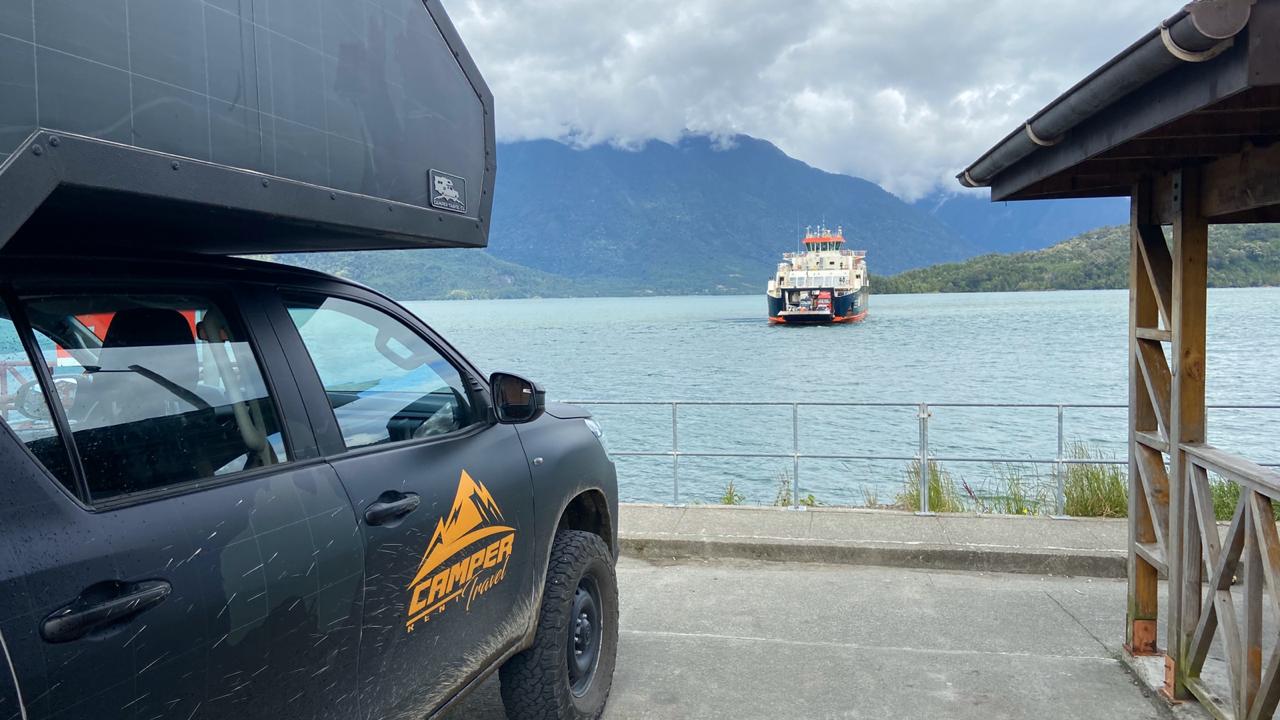
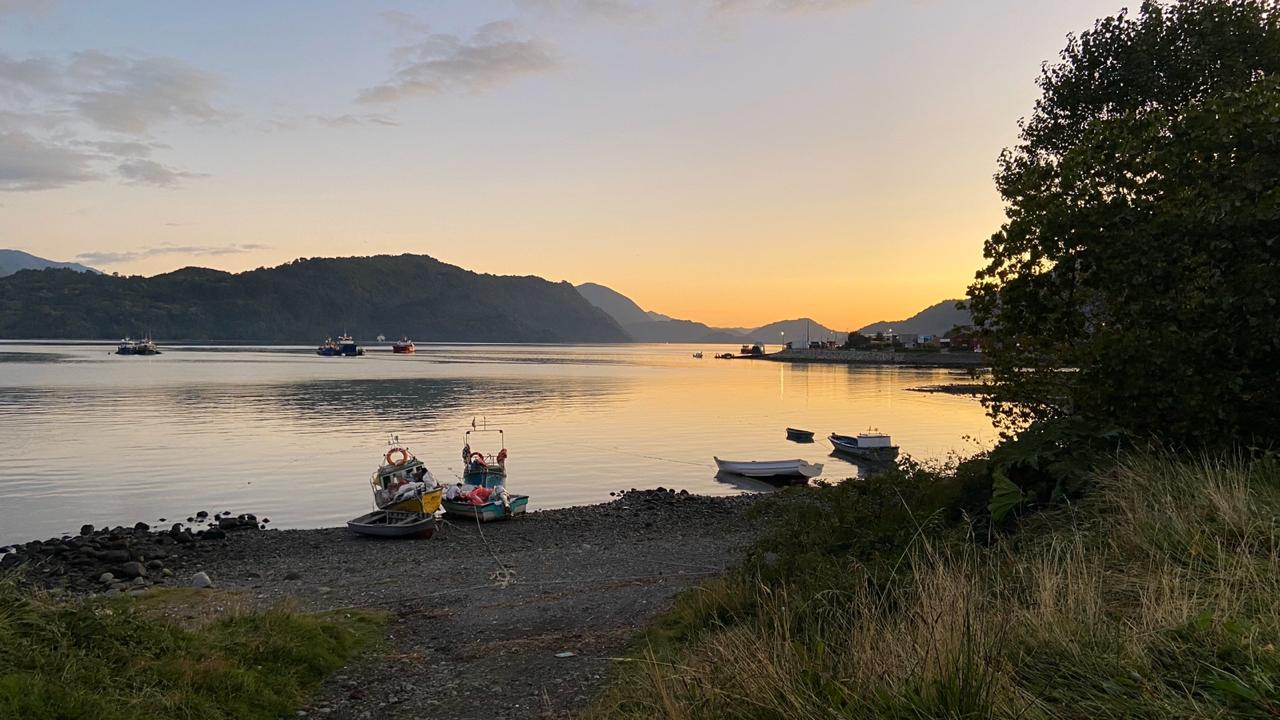
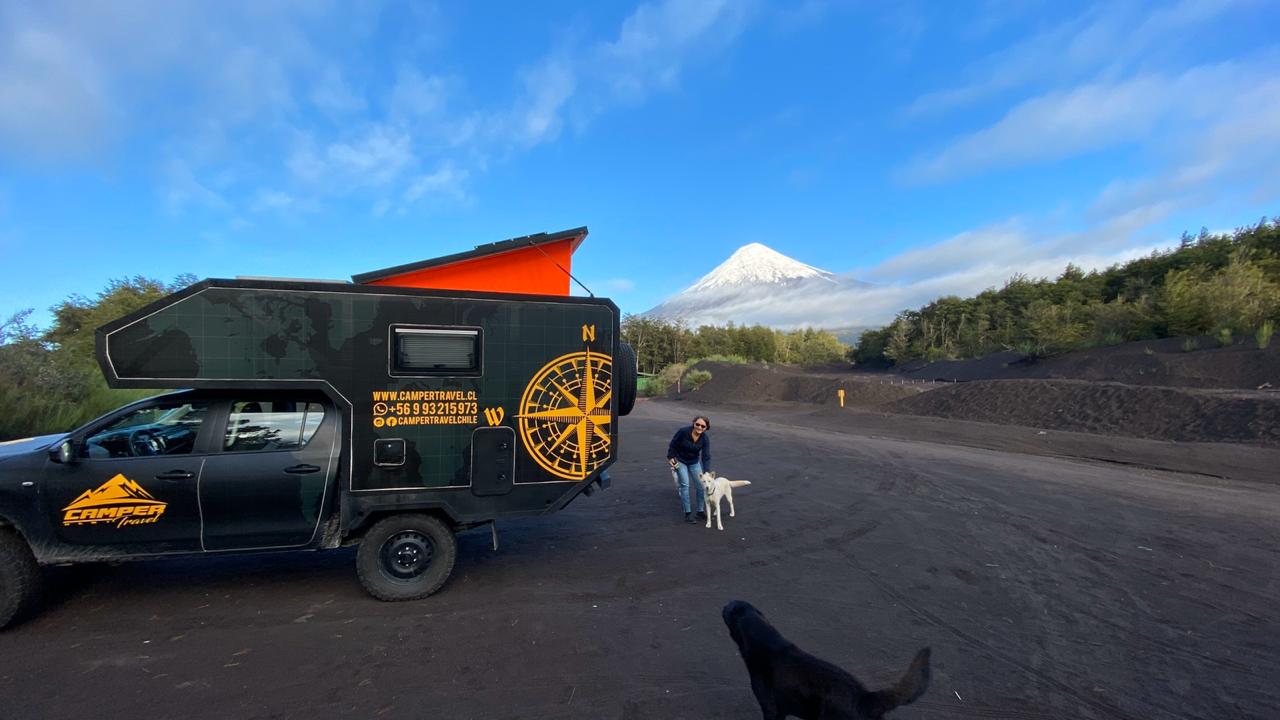
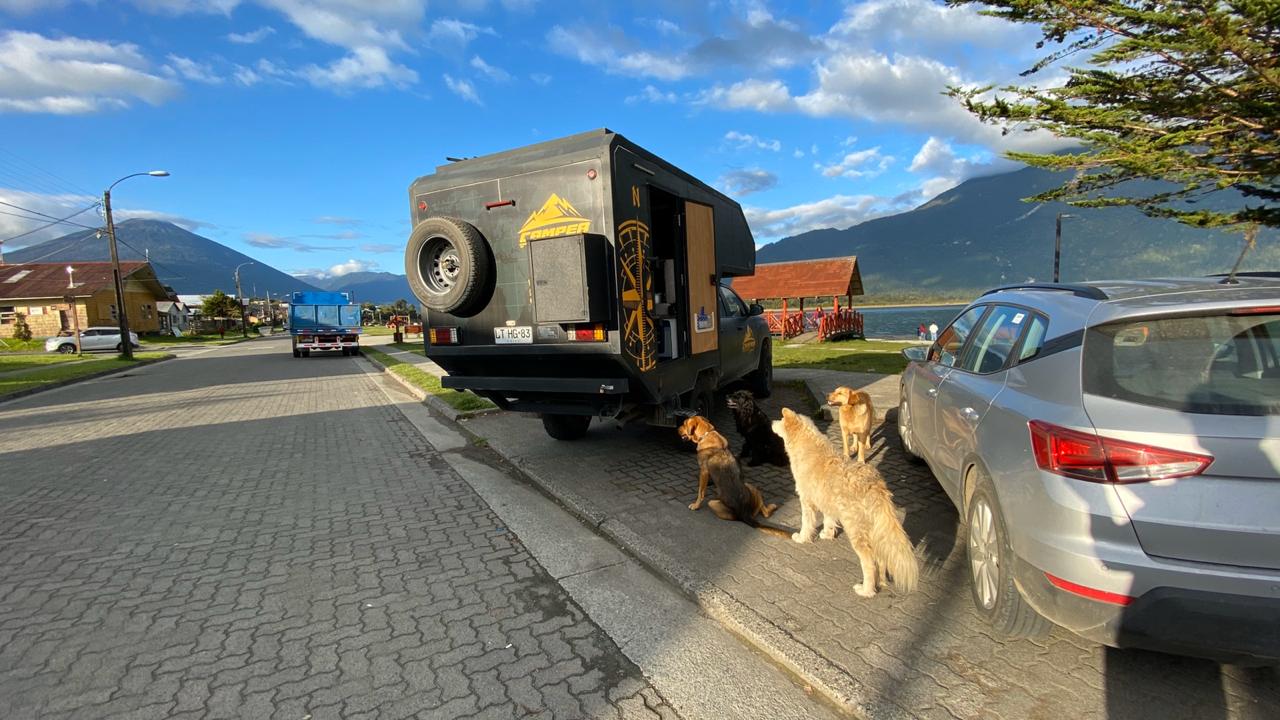

Flora
Part of the World Biosphere Reserve of Temperate Rainforests, the park features many tree species, including Alerce, Coigüe, Mañío, Luma, Tepu, and Tineo, as well as Lenga trees at its higher altitudes.
Fauna
There are around 25 species of mammals in the park, including Pumas, Guiñas (Kodkod), Quiques, Foxes, Pudús, and Coipos. There have been 123 species of birds registered in the park, including the Chucao, the Hued Hued, the Black Woodpecker, the Kingfisher, and the Quetru Volador, among others.
Culture
The Chono people navigated the waters of the Comau fjord, hunting sea lions, fishing, and collecting shellfish and algae. The Huilliche people traveled inland to hunt and collect fruits, seeds, and mushrooms in the forest.
How to Get There
Hornopirén is located 66 miles south of Puerto Montt. From Puerto Montt, head along Route 7 towards Caleta La Arena, where you’ll take a ferry that will bring you to Caleta Puelche (no prior reservation is required). You can also get to Caleta Puelche from Cochamó and Puelo, via the V-69 route. From Caleta Puelche, continue south to Hornopirén. You can also get to Hornopirén via the coastal route, which begins in Contao and travels through towns such as La Poza and Aulén before arriving at Hornopirén 37 miles later.
Once in Hornopirén, from the Plaza de Armas, you’ll need to travel 6.5 miles to the Chaqueigua Alto sector. There, you’ll find the Conaf office, where you can register for park entry as well as park your car. Continue on foot for 4.5 miles through private property (accessible to the public) until you reach the park entrance.
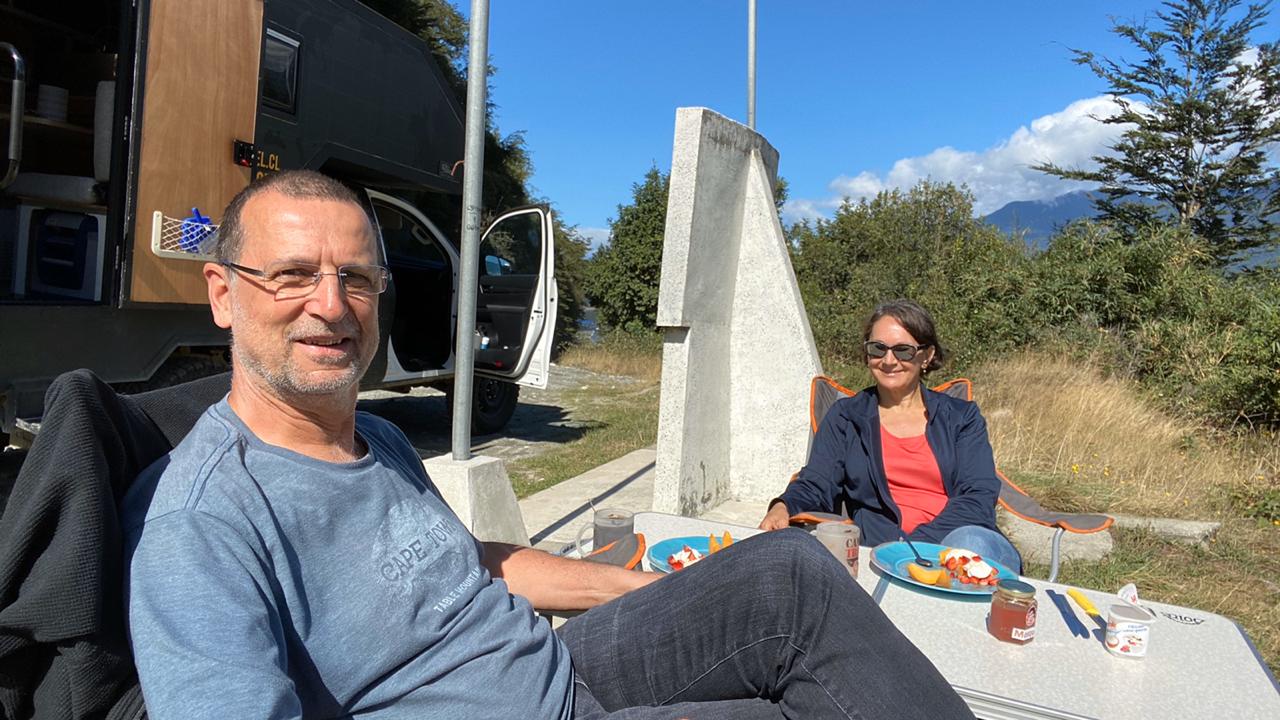
 English
English Español
Español